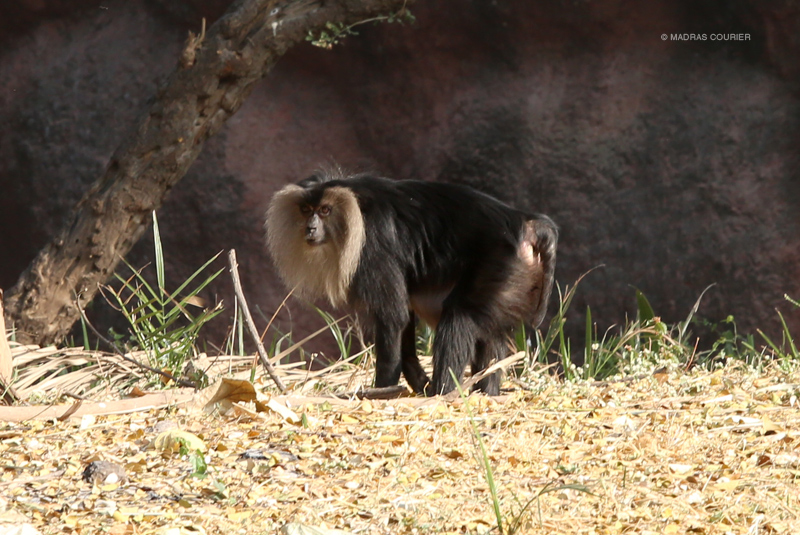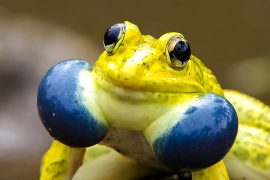There’s nothing old-school about Old World Monkeys. They are a family of medium-to-large sized species that live in deserts, rainforests, mountains and cities. Of their many species, the lion-tailed macaque was the first to be observed performing a very human activity – manufacturing tools.
In German, these monkeys are known as Bartaffe or “beard ape”. The macaques used tools to open bottles of maple syrup, in a controlled experiment. In an experiment, the macaques were observed for 100 hours within an outdoor cafe, where a box full of jars of tempting maple syrup were left. The macaques were given browse, and long bamboo poles, from time to time.
Not too far removed from a human using a can-opener, the macaques broke apart the browse into smaller pieces which they used as leverage to enter the cage. Others used the bamboo poles as makeshift ladders – even working together to ensure they did not fall down.
In other enclosures, macaques have been seen using human trash for creative purpose. At the Chamarajendra Zoological Garden in Mysore, a macaque used a piece of discarded plastic as a makeshift mug to drink water from – reducing the amount it had to bend to access the pool. The same monkeys were also observed using coconut shells – with some treating them as their possessions, carrying the shells with them to the water bodies.
Copyright©Madras Courier, All Rights Reserved. You may share using our article tools. Please don't cut articles from madrascourier.com and redistribute by email, post to the web, mobile phone or social media.Please send in your feed back and comments to editor@madrascourier.com











